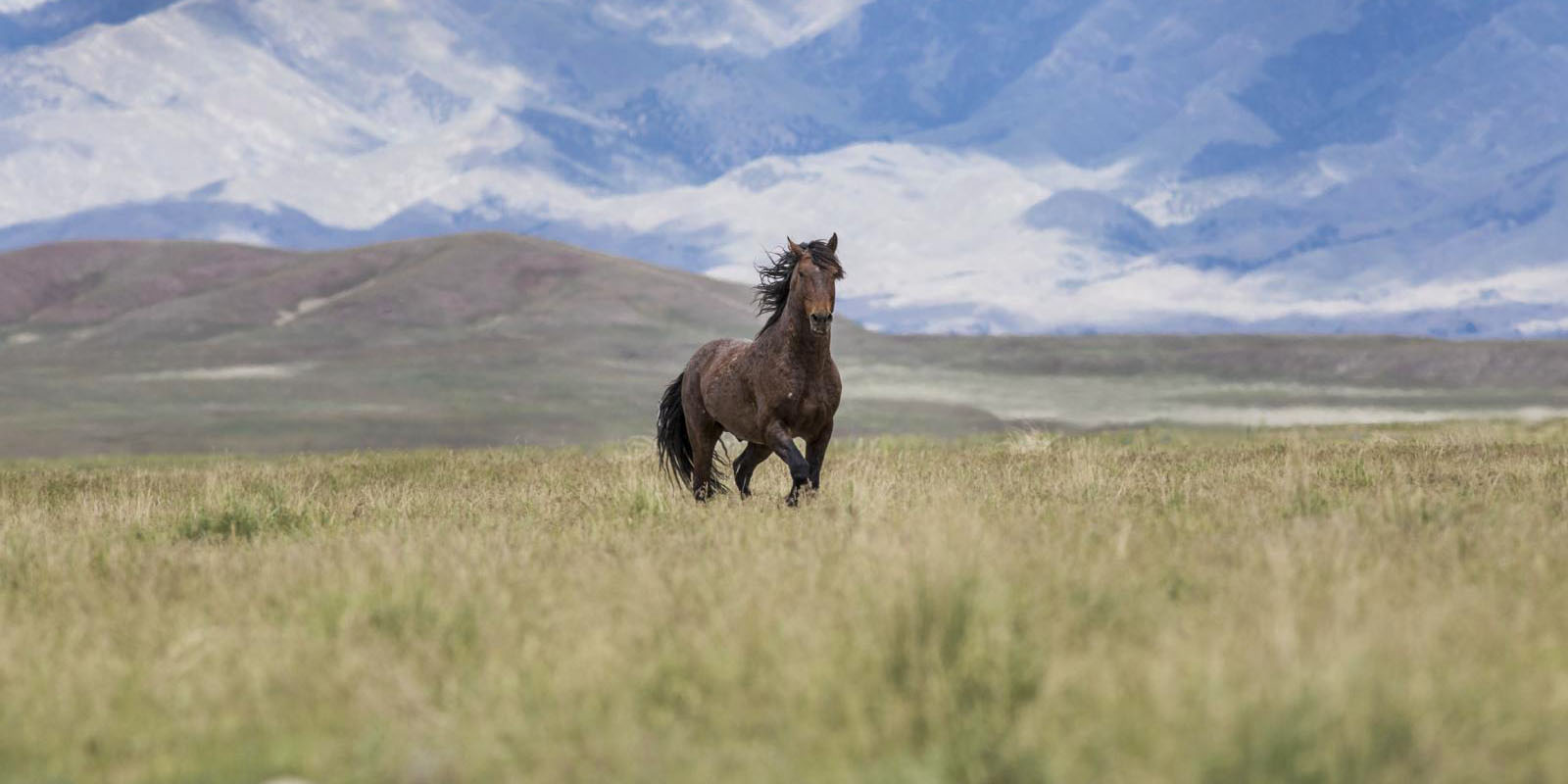Arizona's largest newspaper is promoting a five-part series and video documentary on the wild horse issue, "America's Love Affair with Wild Horses: Loving the Land and Wild Horses to Death." Beneath the hoopla is a lengthy but poorly reported piece with an underlying anti-wild horse bias. While we do appreciate some parts of it – the interviews with Jim Schnepel of Wild Horses of America Foundation and Randy Helm at the Florence Correctional Facility are particularly good, and the footage and description of the Conger roundup in Utah is compelling – overall, the series paints a grim picture of America being “divided” and dismisses the humane management solutions too easily. It also includes some glaring omissions of information on the history, welfare, and management of wild horses. The series…
● Fails to include a single mention of the 2013 National Academy of Sciences (NAS) review of the BLM wild horse and burro program. The NAS report challenges the entire scientific premise of the BLM’s roundup/remove and stockpile approach to wild horse management. It contradicts the basic premise of the reporter’s and the BLM’s assertions about wild horse overpopulation and management options. And yet, the reporter portrays advocates for better management as “emotional” and land managers as “scientific” when in fact the science is on the side of the advocates, not the government. Readers of this “in-depth” series will learn nothing about the criticisms of the BLM program leveled by the nation’s premier scientific institution. Why?
● Pays scant attention to the national significance of the local Salt River wild horse herd. The reporter visited the Salt River range with an opponent of the Salt River wild horses, but went to great lengths to avoid talking to the Salt River Wild Horse Management Group, with its nearly 100 volunteers who are a daily presence on the river monitoring the horses. The group has collected years of data on each individual horse as well as extensive information on actual birth and death rates that contradict the reporter’s claims about herd numbers doubling every four years. The reporter even gives the brief quotation from Simone Netherlands, Salt River Wild Horse Management Group president, a negative connotation by using the words “forcefully” and “she insisted.” He also repeatedly refers to the Salt River Wild Horse Management Group as “horsebackers,”
● Announces in its headline that “Wild horses built the West but are now tearing America apart,” without a shred of evidence to back that up. In fact, public opinion polls shows exactly the opposite, with 72% of Americans supporting wild horse protection and 80% opposing slaughter. This issue is not tearing America apart. Instead federal mismanagement is uniting the American public against the cruel government roundups. This unity is particularly evident in Arizona, which the reporter virtually ignores. There the public, the entire Arizona Congressional delegation, the Arizona state legislature, and the Governor united in support of protecting and humanely managing the Salt River wild horses. The Governor even touted protecting wild horses as a top accomplishment of his administration in 2016. But readers of this series are told nothing about this important situation, even though it is in the reporter’s own backyard.
● Mischaracterizes the viability of the PZP birth control vaccine as a solution and downplays the long-standing track record of successful PZP programs for managing wild horse populations. The reporter did not take time to learn about the nation’s largest PZP program that is being conducted by the American Wild Horse Campaign in conjunction with the Nevada Department of Agriculture. This program to manage 2,400 wild horses on 300,000 acres of land is demonstrating that PZP fertility control is possible and effective on large wild horse populations on large tracts of land. In fact, the reporter didn’t even speak in depth with AWHC, even though it is the largest wild horse protection organization in the nation.
● Misleads readers about how much public land is inhabited by wild horses (Wild horses are only on 12% of BLM land) and about the prevalence of horses starving on the range. The series uses a photo of a dead horse on the range to support the assertion that horses are dying of starvation, but the reporter admitted today that no one knew why the horse in the picture died.
● Portrays government holding facilities as lush pastures in the Midwest but tells readers nothing about the 15,000+ wild horses stockpiled in feedlot conditions –
crowded pens without shade or shelter from the elements.
● Leaves readers in the dark about the decades-long federal mismanagement of the BLM Wild Horse and Burro Program that
- Lacks a "strategic plan to manage wild horse and burro populations." (Office of Inspector General [OIG], 2016)
- Wastes millions by storing horses in the most expensive short-term holding instead of moving them into available pasture space in less expensive long-term holding facilities. (OIG, 2016)
- Is overpaying on its prison training contracts. (OIG, 2016, 2013)
- Is grossly inflating holding costs for horses. The cost estimate of $50,000 per unadopted horse is based on a horse spending 27 years in the most expensive short-term holding – a scenario that just doesn’t occur for any horse.
This five-part series was underwritten by the Nina Mason Pulliam Charitable Foundation. Ironically, the late Mrs. Pullium “loved all animals” and wanted to protect them, but this article will likely do little to contribute to better and more humane management of wild horses and burros.
We hope that in the future the Arizona Republic will focus on solutions, including fertility control, which this series dismisses as “not perfect,” when it actually is recommended by science, proven to be cost effective, and successfully being implemented in wild horse populations in several Western states. The Salt River Wild Horse Management Group has been fighting for it for many years in Arizona, and its use in managing the Salt River horses should be acknowledged.


